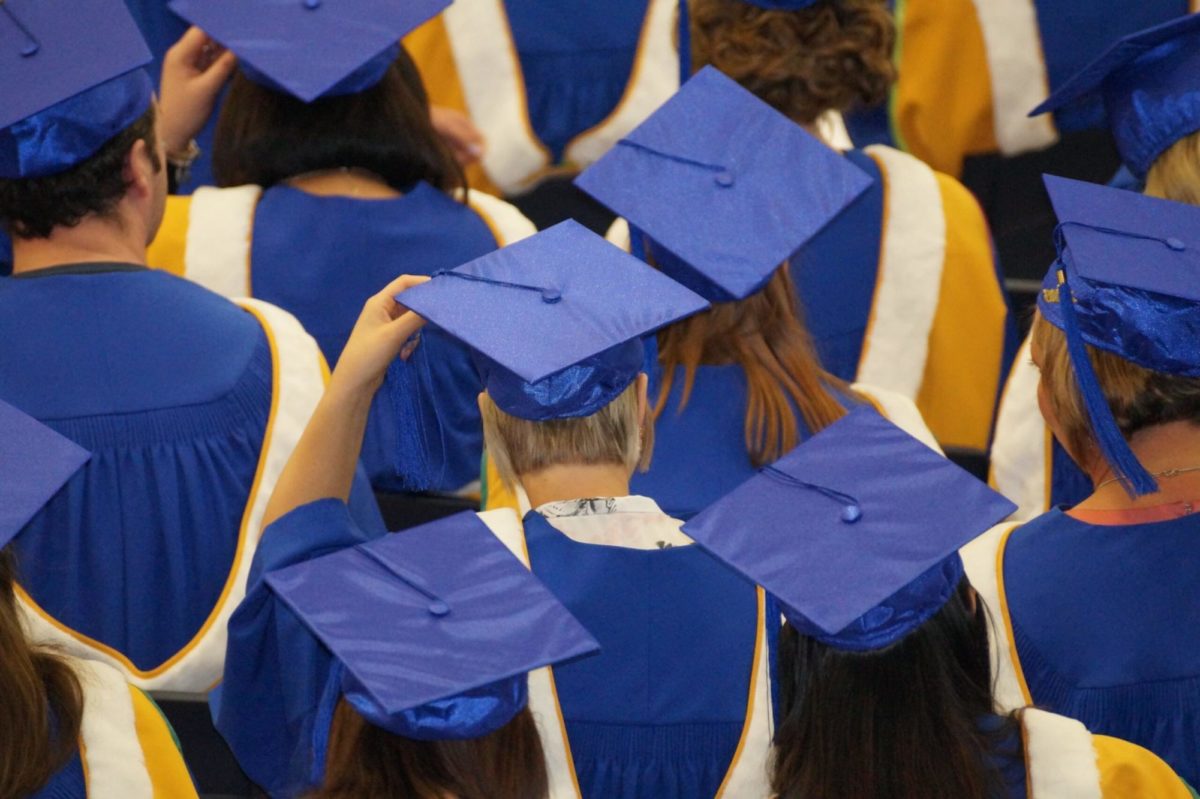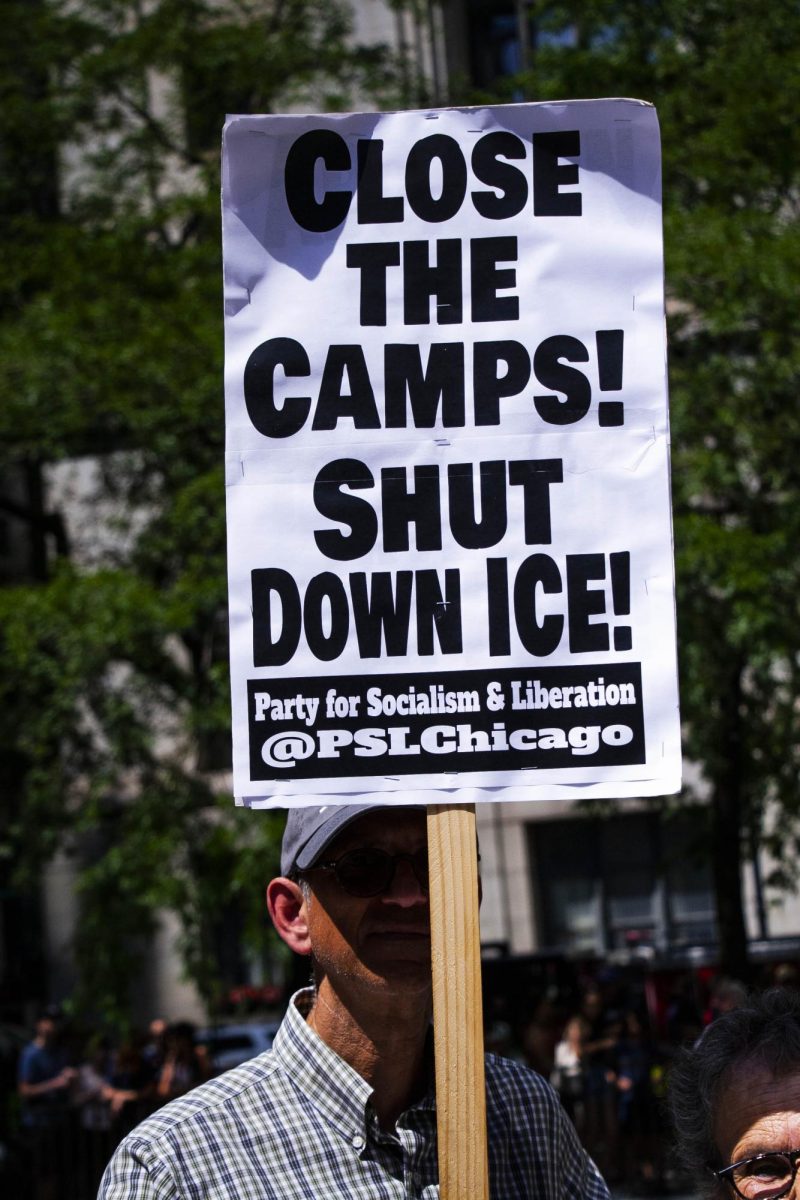The enrollment of Black, Native, Hispanic and Asian American University students has declined across the country following the reversal of John F. Kennedy’s Executive Order 10925 that instituted Affirmative Action. Some universities have reported an increase in demographic diversity. Now, colleges nationwide are preparing for an aftershock of litigation surrounding unexpected outcomes.
Historically, Affirmative Action has created a number of institutions for marginalized groups in academia and industry. Over time, this practice gave rise to race-conscious admissions and hiring processes.
Students for Fair Admissions (SFFA), a nonprofit organization advocating for race and ethnicity-blind admissions, sued UNC and Harvard in 2023. Their case was brought before the Supreme Court, which ruled in favor of SFFA, ending Affirmative Action.
As universities welcome some of their largest incoming classes, certain colleges have publicized their demographic data. However, many universities, including NC State, have not publicly disclosed the demographic reports from this year’s admissions cycle.
Elite colleges — such as Harvard and Massachusetts Institute of Technology (MIT) — have reported a decrease in the enrollment of Black students. The Harvard Crimson reported that Black student enrollment in Harvard’s Class of 2028 declined to 14 percent compared to 18 percent in the Class of 2027. Black enrollment at MIT decreased dramatically, from 15 percent in 2023 to 5 percent in 2024.
In the Triangle, UNC and Duke have unveiled their demographic reports for the Class of 2028.
UNC has reported a decrease in diversity following the reversal of Affirmative Action. According to The Hill, Black student enrollment dropped from 10.5 percent to 7.8 percent, Hispanic student enrollment dropped from 10.8 percent to 10.1 percent and Native student enrollment dropped from 1.6 percent to 1.1 percent.
Duke’s incoming first-year class has seen an increase in socioeconomic diversity. These findings are consistent with previous years, according to The Chronicler. The percentage of Pell Grant-eligible students doubled compared to the Class of 2026, from 11 percent to 22 percent. Duke, alongside Yale and Princeton, has been embroiled in investigations over the racial and ethnic profile of their Class of 2028.
The SFFA has now targeted Duke, Yale and Princeton for “the most indecipherable” results.
Yale and Princeton reported that their Black and Latine student populations remained stable, while Duke reported a slight increase. As for their Asian American populations, all three universities reported a decline in proportion: falling from 35 percent to 29 percent at Duke, 30 percent to 24 percent at Yale and 26 percent to 23.8 percent at Princeton.
On Tuesday, Sept. 17, Ed Blum, the president of the SFFA, sent letters to Duke, Yale and Princeton questioning their compliance with the Supreme Court’s ruling after their enrollment of Asain American students did not meet expectations.
“Notable peer institutions are also reporting much higher percentages of [admitted] Asian Americans like Harvard (37 percent), Columbia (39 percent) and MIT (47 percent) And based on SFFA’s extensive experience, your racial numbers are not possible under true race neutrality.” wrote Blum in his letter to Duke.
He continued: “Please explain this discrepancy, including any new, substantial race-neutral alternatives that you adopted in response to [SFFA v. Harvard]. Without that information, SFFA will conclude that you are circumventing the Supreme Court’s decision.”
Blum ended his letter stating the SFFA are enforcers of the new rules: “SFFA is prepared to enforce [SFFA v. Harvard] against you in litigation. You are now on notice.”
As the dust settles after the Supreme Court’s ruling on Affirmative Action, the legal aftershock is only the first stage of what could become major societal shifts. Marginalized students nationwide will have to wait and experience how these shifts affect their campus communities.
Dr. Tyrone Howard, a UCLA professor studying race and education, said that, “blips happen all the time with admissions, but if the same trend exists one, two, five years then that suggests that we have a real structural problem.” Dr. Howard continued, “We want to present in those communities. We want to reach out to churches. We want to talk to parents.”






